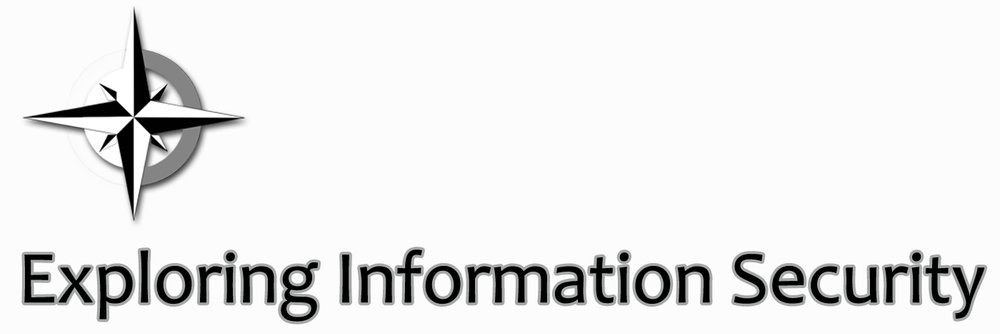security policy templates
These comprehensive policies have been developed with the assistance of ChatGPT and have been further refined and edited by our team to ensure accuracy and relevance. By making these policies readily available, we aim to promote information security awareness and empower individuals and organizations to establish robust security measures.
You can also get the templates from GitHub.
Acceptable use
Acceptable use policies (AUPs) are rules that explain proper technology use in organizations. They establish limits for users, making sure the environment is safe and productive. AUPs include email, internet, social media, and how to handle private information. They also discuss software, hardware, passwords, and protecting data. AUPs are very important for information security, promoting responsible technology use and reducing risks. It is crucial to regularly review and update AUPs to protect digital assets.
Data classification and retention
Data classification and retention policies are important for how a company manages its data. By organizing data based on how sensitive or important it is a company can effectively prioritize security and allocate resources. Retention policies determine how long data needs to be kept to meet legal and industry requirements. Having clear policies helps with managing and protecting data, which reduces the risk and impact of unauthorized access, breaches, and legal problems.
DEvice management
Device management policies are very important for an organization's cybersecurity. These policies provide guidelines to make sure devices are used securely. The policies cover things like getting and setting up devices, using them securely, keeping them updated, and retiring them. Adhering to standards for passwords, verifying identity, encoding data, and updating software reduces risks like unauthorized access, breaches, and malware. The policies also explain what to do if a device is lost or stolen and how to remove data remotely to limit the damage. By following these policies, organizations make their security stronger, protect sensitive information, and defend against threats involving devices.
Identity Access Management
Identity access management (IAM) policies are vital for securing an organization's resources and data. They define access rules, manage user access, and reduce data breach risks. IAM policies enforce segregation of duties, least privilege, and streamline user management. Regular policy reviews adapt to organization changes, maintaining asset integrity and security.
Incident Management
Incident management policies are crucial for a cybersecurity framework. They provide guidelines for identifying and responding to incidents, outline roles and responsibilities, classify and prioritize incidents, establish communication protocols, minimize impact, and maintain trust.
Logging and session management
Effective security relies on clear and important guidelines for tracking events and finding security issues. Logging policies tell us what system activities to track, how much detail to record, and where to store the information. By having comprehensive logging policies, we can better identify unauthorized access attempts, harmful actions, and system problems. Session management policies control individual user sessions within an application or system. They define rules for starting, proving who you are, and ending a session so that only authorized people can reach sensitive resources. These policies also make sure sessions expire after a certain time, helping to stop unauthorized people from getting in. Putting strong logging and session management policies in place strengthens security by improving how we detect, respond to, and reduce threats.
A network security policy is a crucial component of any organization's overall security strategy. It outlines the guidelines and procedures that govern the protection of the network infrastructure, data, and resources from unauthorized access, misuse, and threats. A well-crafted policy should define the roles and responsibilities of network users, as well as establish guidelines for password complexity, software patching, network segmentation, and incident response. It should also address aspects such as remote access, wireless networks, and encryption protocols to ensure the confidentiality, integrity, and availability of critical information. A network security policy serves as a roadmap for organizations to implement effective security controls and create a secure environment, reducing the risk of breaches and safeguarding sensitive data.
network security
Passwords and secrets policies are critical for security. They provide guidelines for selecting strong passwords and protecting sensitive information. A strong password policy creates difficult-to-guess passwords, promotes strong authentication, and prohibits common passwords. A secrets policy manages and protects sensitive data, ensuring secure storage and limited access. Robust policies safeguard data and prevent security breaches.
passwords and secrets
Software security
Software security policies are a crucial component of an organization's overall security posture. These policies define guidelines and best practices that aim to protect the integrity, confidentiality, and availability of software systems. They provide a framework for employees and stakeholders to understand their responsibilities and obligations surrounding software security. These policies outline various measures, such as secure coding practices, vulnerability management, access controls, and incident response procedures. By implementing robust software security policies, organizations can mitigate the risk of software vulnerabilities and ensure that their applications and systems remain protected from malicious activities and unauthorized access.
vulnerability management
Vulnerability management policies are essential for a strong security program, especially in today's rapidly changing threat landscape. These policies provide a structured and proactive approach to find and fix weaknesses in a company's systems and networks. They set clear roles for everyone involved, like system administrators and senior management. These policies include processes for regular scanning and assessments, as well as guidelines to prioritize and fix weaknesses based on risk. They also provide frameworks to monitor and track weaknesses, making sure they are addressed on time. Ultimately, well-defined vulnerability management policies help organizations stay ahead of threats, reduce the areas that can be attacked, and keep their data and systems safe.
